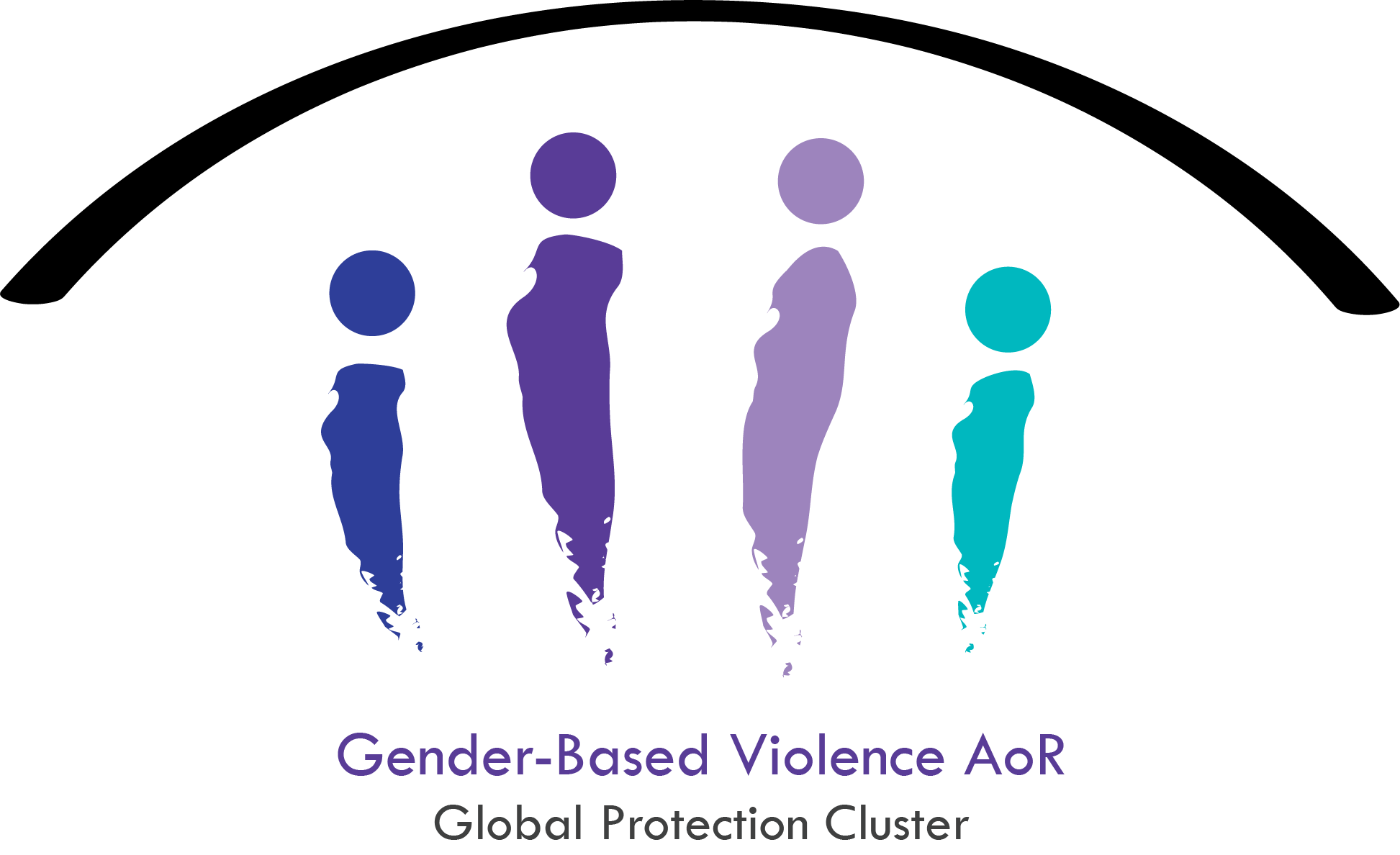Search Results for “”
Technical Guidance Note on The Gender-Based Violence in Emergencies (GBViE) Analytical Framework - GBV AoR 2024
27 Mar, 2024
The gender-based violence (GBV) in emergencies analytical framework (GBViE AnF) is an overarching guide to GBV data collection and analysis in humanitarian emergencies. It provides guidance on gathering crucial insights for the prevention of, and response to, GBV in emergencies, setting out the analytical questions and specific information requirements that can be met through either primary data collection or secondary data review. While it is not a data collection tool, the framework can be applied to identify GBV information gaps.
Literature Review of Family Based Accommodation, Hosting and Alternative Care Guidance and Procedures for Promising Practice of GBV Risk Mitigation in Private and Community Based Accommodation - GBV AoR Helpdesk 2022
25 Apr, 2022
This literature review is part of a series of knowledge products produced by the GBV AoR Helpdesk which aim to support the mitigation of GBV risks faced by women and girls’ refugees fleeing the war in Ukraine. This review informs the development of a practical guidance resource for private hosts and a key recommendations brief . This paper focuses on identifying promising practice from shelter, hosting and alternative care guidance and procedures that mitigate gender-based violence (GBV) risks.
GBV Secondary Data Review Template
03 Jun, 2024
Finding Ways and Means to Deliver Gender-based Violence Programming in Hostile Environments - GBV AoR Helpdesk 2023
16 Oct, 2023
This learning brief discusses a range of strategies and methods humanitarian actors can use to support and sustain GBV response and prevention programming in hostile contexts. It outlines what ‘hostile contexts’ refers to in this paper, and why it is important for GBV program managers and service providers to be able to identify and adapt to rapid or incremental increases in hostility in humanitarian environments, which are likely to adversely impact the implementation of GBV prevention and response programming. The paper discusses some of the risks women and girls face in these high-risk environments and concludes with several key considerations for GBV specialists.
COVID-19 vaccine rollout – What do we know from past public health emergencies about gender-based violence risks and gender related barriers to vaccine access
29 Apr, 2021
As initiatives for large-scale global distribution of COVID-19 vaccine get underway, this report looks at what is known from past public health emergencies and vaccination campaigns to understand gender-related barriers that women and girls may face in accessing the vaccine, as well as risks of gender-based violence (GBV) related to vaccine distribution for women and girls at the community level and female health workers.
UNFPA Guidance: How to Design and Set Up Cash Assistance in GBV Case Management
28 Feb, 2023
Provisions on when and how to use cash assistance as a tool in GBV case management need to be carefully considered in order to mitigate any associated risks and avoid negative unintended consequences of cash assistance. As such, this UNFPA Guidance has the purpose of guiding and supporting GBV and cash practitioners in assessing, designing, implementing, and integrating cash assistance in GBV case management programming in a safe and efficient manner. The Guidance is the result of extensive feedback from cash recipients, their caseworkers, and implementing partners (IPs) in the field. For examples of UNFPA's integration of cash assistance into GBV case management services, see the following reports: From Risk to Choice: Cash within GBV Case Management in Jordan Integrating Cash Assistance into GBV Case Management: Lebanon case study Women and Girls Choose: Cash in GBV Case Management Saves Lives Cash within GBV Case Management for Women and Adolescent Girls in ...
UNFPA E-Learning Course: How to Integrate Cash Assistance into GBV Case Management
04 Oct, 2023
Following the launch of UNFPA's Guidance on How to Design and Set Up Cash Assistance in GBV Case Management, UNFPA has launched an e-learning course on the integration of cash assistance into GBV case management. The course aims to build broad capacity for cash assistance in GBV case management programming and targets CVA and GBV practitioners who want to improve their competencies, and reflect and capitalize on their experiences on CVA and GBV in humanitarian settings. The online, self-paced course is open to both UN personnel and non-UN personnel and takes around 3-5 hours to complete. It is available in English, Spanish, and French. REGISTRATION LINK UN and non-UN personnel: Register here For more information on the integration of cash assistance within GBV case management, read UNFPA's Guidance on How to Design and Set Up Cash Assistance in GBV Case Management by clicking the link or the download button below.
Tool 7 | Observation checklist
01 Jul, 2022
Observation checklist to identify barriers and risks for women in CVA See the whole GBV Risk Mitigation in CVA toolkit here: https://gbvaor.net/node/1607
